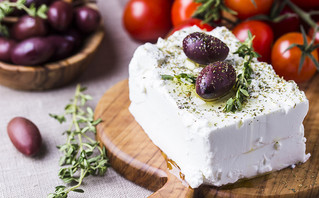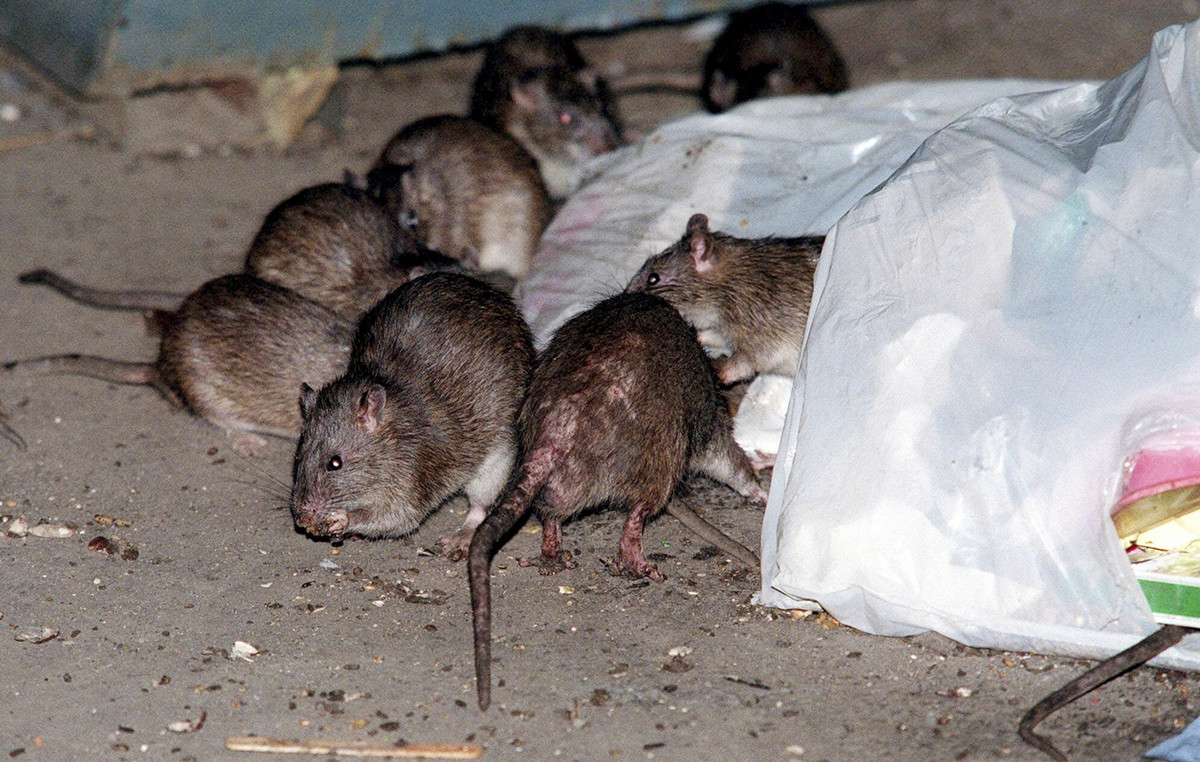Floods, forest fires and prolonged drought due to climate change affect Greek agricultural and livestock production and are expected to affect it even more strongly in the future. The devastating consequences of the extreme natural phenomena in Greece have already begun to be seen in the prices of traditionally strong Greek products on the shelves of German Super Market.
The reason mainly for popular and much-loved products, such as Greek olive oil, olives and even feta cheese. As for olive oil, called “new gold”, its prices range from ten euros per liter and even reach 20 euros.
A short walk through a Berlin neighborhood supermarket confirms this trend. In German supermarkets, one mainly finds half-liter bottles, which are also out of reach, with many German consumers leaving them untouched, choosing other vegetable oils for cooking and salads. In fact, as the quality increases or when it comes to more “special” or organic labels, the prices can even exceed 20 euros.
No immediate price reduction is expected
In a recent report, Focus magazine and as relayed by dw.com it even mentions that Greece, the third most important exporter of olive oil in Germany, suffered heavy losses this year. For example, in Rhodes, numerous olive groves were burned, with estimates of a 50% reduction in yield. In areas such as Crete or Zakynthos, fears are expressed, according to Focus, for a reduction of up to 70% of the harvest. As for the famous Kalamon olives in Germany, in some areas losses due to high summer temperatures can even reach 80%.
According to the report, an increase is also recorded in the wholesale prices of olive oil, but from which the producers do not benefit but the intermediaries. The German magazine even observes that normalization of prices is not expected until 2024-2025, and this only if other natural disasters do not intervene in olive oil-producing countries, such as Greece, Spain, Turkey and Italy.
Greek feta is a “luxury” cheese

But they also cause interest fluctuations in the price of Greek feta, favorite cheese of German consumers as well. The 200 grams of packaged this year in a neighborhood supermarket of the German capital costs about 3 euros. It is essentially a piece of feta cheese, for which German consumers will now have to dig deep into their pockets.
Focus also points out that 70% of Greek feta is produced in Thessaly, the region that was hit the hardest by the floods, while 60% of the total production of Greek feta is exported. Germany is in fact the “best buyer” of feta cheese, absorbing a third of Greek exports.
Source: News Beast
With 6 years of experience, I bring to the table captivating and informative writing in the world news category. My expertise covers a range of industries, including tourism, technology, forex and stocks. From brief social media posts to in-depth articles, I am dedicated to creating compelling content for various platforms.







